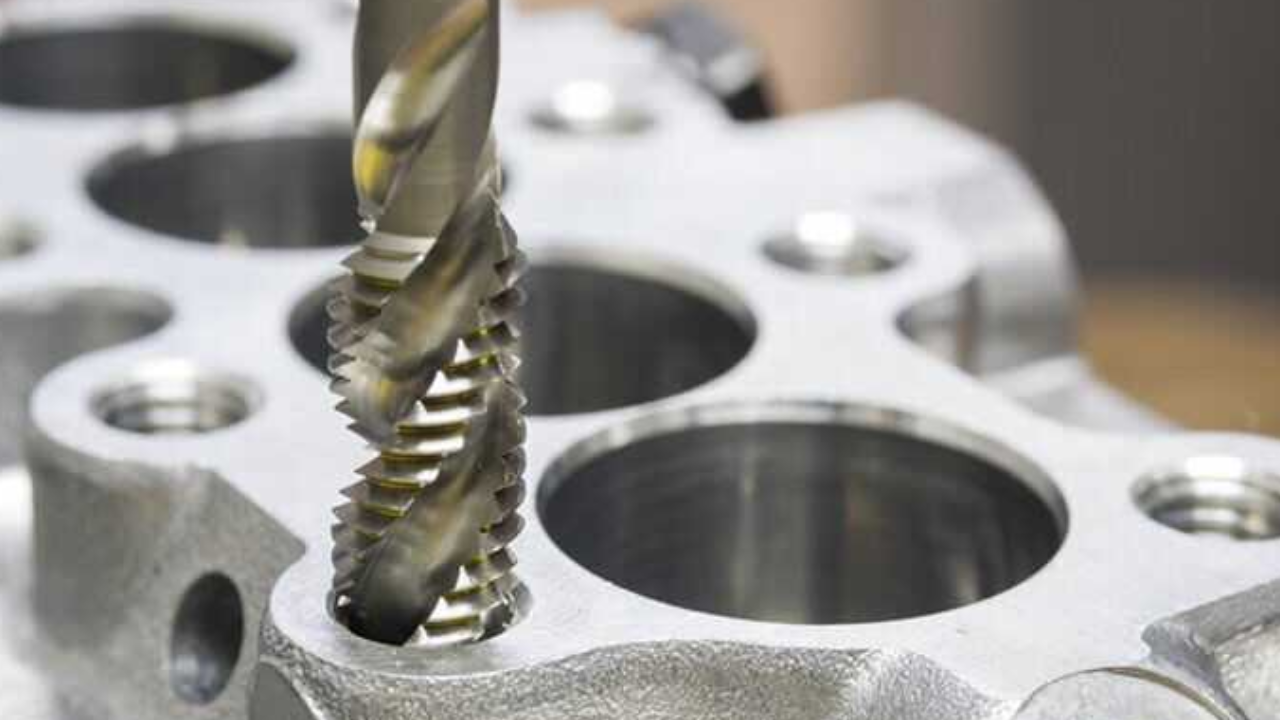A custom forging manufacturer makes a specialty of creating steel parts through the most common way of manufacturing, in which metals are molded utilizing restricted compressive powers. Open-die forging, closed-die forging, or seamless rolled ring forging are just a few of the advanced techniques employed by these manufacturers to produce custom parts that meet specific requirements.
They cater to numerous industries including aerospace, oil and gasoline, and heavy equipment, offering an understanding of alloy choice, warmness treatment, and completing processes. You can click the link https://www.cxinforging.com/ to learn more about the custom forging manufacturers. Custom forging manufacturers regularly provide value-added services such as layout consultation, prototyping, and testing to ensure certain quality and functionality.
Custom Forging Manufacturers Offer Forging Processes
Custom forging manufacturers provide a spread of forging techniques to cater to unique necessities for form, length, material, and overall performance of the final product. Some of the common forging approaches include
Cold Forging
Cold forging includes deforming metal at room temperature to enhance strength through pressure hardening. This process is efficient for producing small, high-quantity elements with intricate details, which include fasteners, rivets, and connectors. Benefits consist of a progressed floor end, dimensional accuracy, and material savings. Cold forging is right for industries requiring precise, excessive-energy additives with minimum submit-forging machining.
Warm Forging
Warm forging is done at temperatures between cold and warm forging, commonly between 800 and 1800 °F (430 and 980 °C). This method reduces forging load and enhances material ductility, making it less difficult to shape complicated parts. Heat forging is usually used in the automobile industry for components like transmission gears and shafts. It strikes a balance between the strength of cold forging and the convenience of deformation determined in hot forging.
Hot Forging
Hot forging involves deforming steel at high temperatures, normally above the recrystallization factor, to increase growth ductility and decrease yield energy. This system allows for big shape changes and is ideal for generating massive, complex parts. Common programs consist of automotive additives, commercial equipment components, and structural factors. Hot forging gives benefits that include subtle grain shape, improved mechanical properties, and the potential to work with hard-to-system materials.
Isothermal Forging
Isothermal forging happens at a consistent temperature near the steel's forging temperature. This procedure continues consistent material residence throughout the forging process, improving product reliability and overall performance. Isothermal forging is applied for manufacturing excessive energy additives in aerospace, car, and commercial sectors. Benefits include improved material flow, reduced forging pressures, and more advantageous management over microstructure and mechanical properties. It's particularly powerful for producing complicated shapes with unique dimensional accuracy and minimal submit-forging operations.
Precision Forging
Precision forging is a high-accuracy process that shapes metal to near-net shapes, decreasing the need for giant machining. It ensures tight dimensional tolerances and an excellent surface finish, improving component performance and sturdiness. Generally used in aerospace, automobile, and clinical industries, precision forging produces complicated components like gears, crankshafts, and turbine blades. Advantages include improved material strength, minimized material waste, and stronger productivity because of decreased machining instances and costs.
Upset Forging
Upset forging includes increasing the diameter of a metal workpiece by compressing its duration. This system is used to create components with large pass-sections at one quit compared to the relaxation of the part, consisting of bolt heads, flanges, and special fasteners. Upset forging enhances material density and improves mechanical properties by aligning the grain shape. It's far desired for manufacturing parts requiring expanded strength and durability in crucial regions without increasing universal weight or length significantly.
Conclusion
Forging processes offer numerous strategies to shape metals, each tailored to unique desires. From cold forging for complicated details and warm forging for stronger ductility to hot forging for complicated shapes and isothermal forging for consistent properties, producers pick out methods primarily based on material necessities and preferred element characteristics, ensuring performance, sturdiness, and overall performance across various industries.


